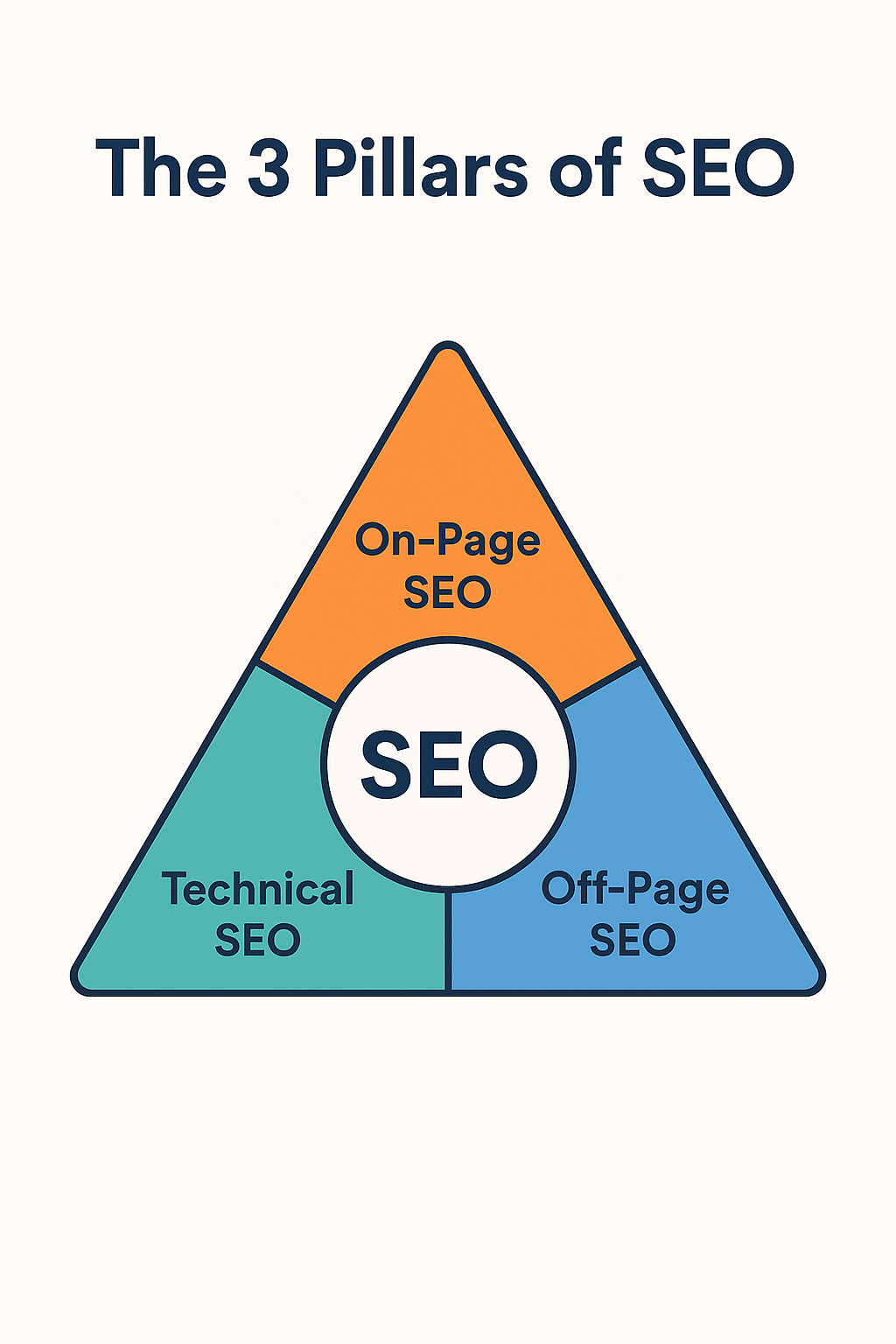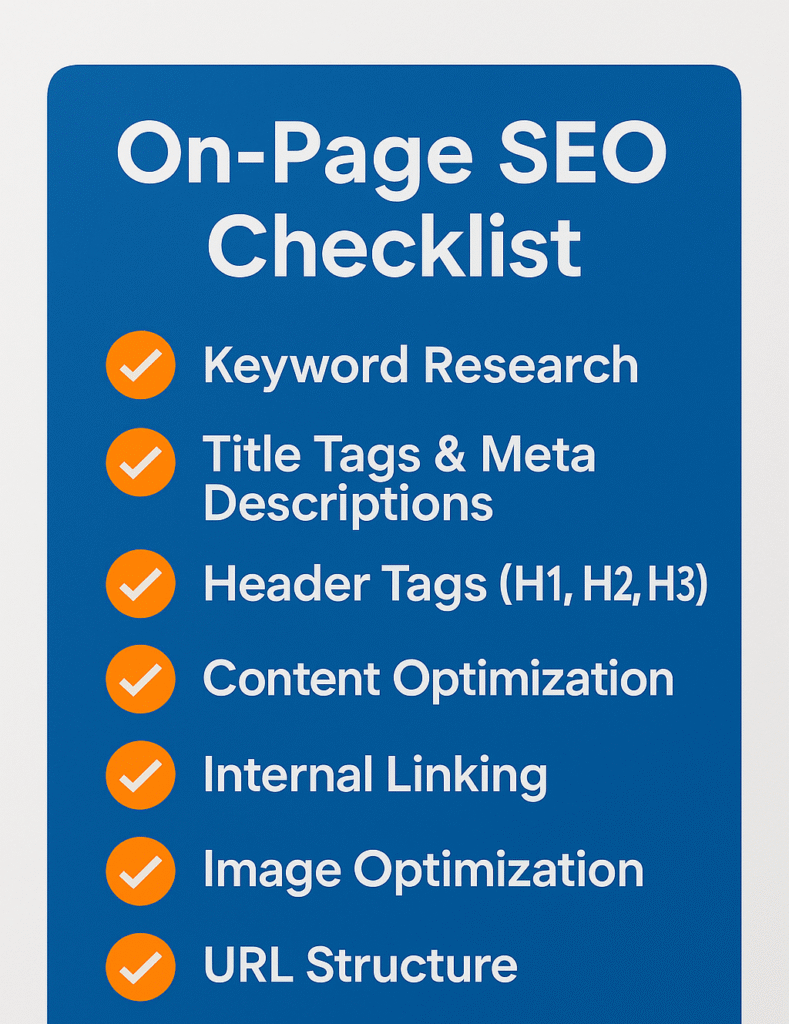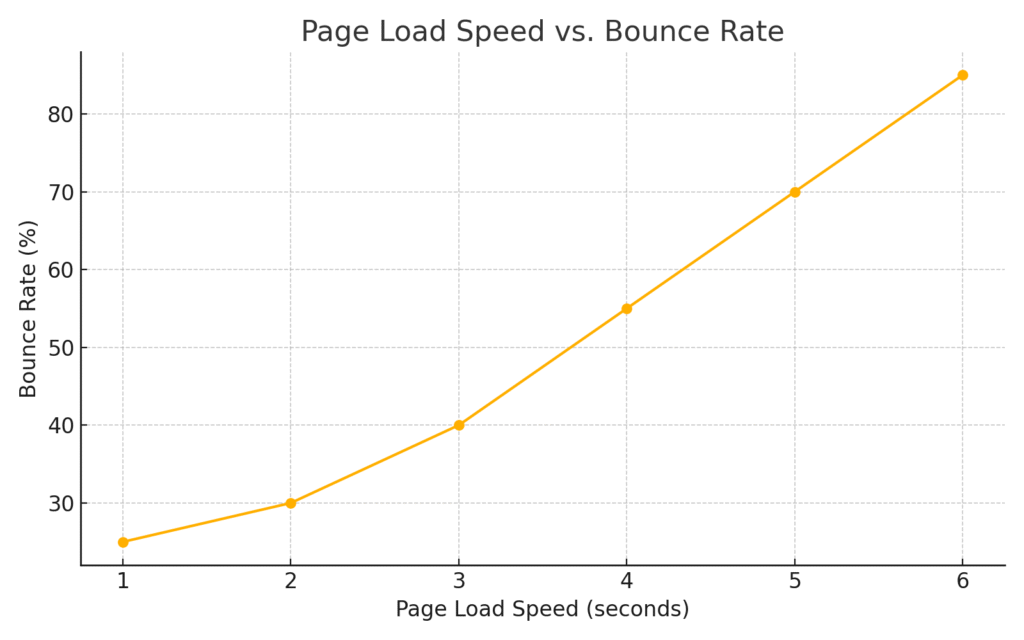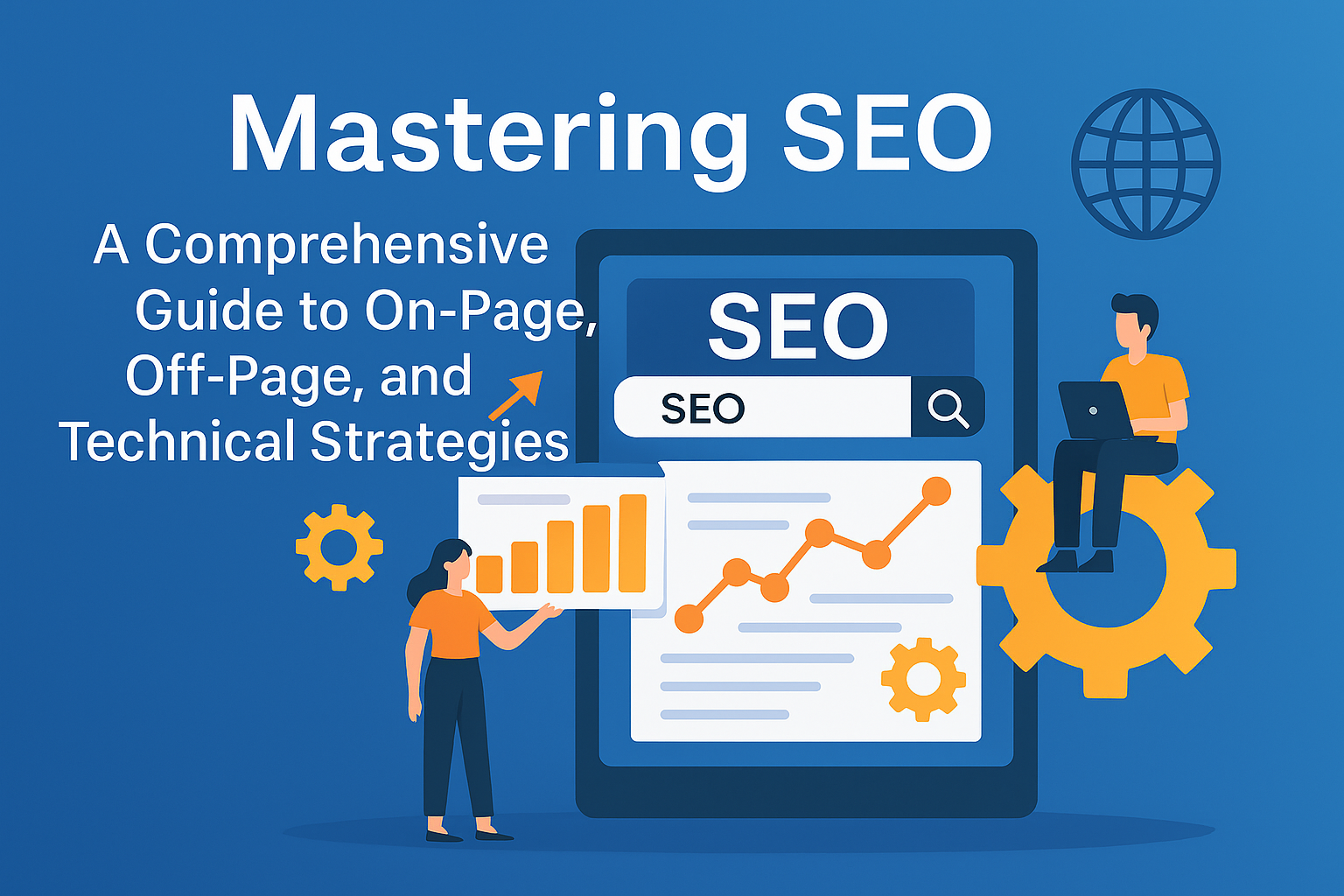Introduction
In 2025, SEO continues to be the backbone of organic growth. But it’s no longer just about keywords or backlinks — it’s about delivering value, speed, and trust at every touchpoint. Whether you’re a digital marketer, a startup founder, or a business owner, understanding the 6 key SEO strategies—On-Page, Off-Page, Technical, and beyond—is essential to stay competitive.
In this guide, we’ll walk you through the six strategies that matter most this year. These aren’t just tips — they’re the building blocks of a sustainable SEO strategy that works today and tomorrow.
What Is SEO and Why It Still Matters
Search Engine Optimization (SEO) is the process of improving your website’s visibility on search engines like Google. When done right, SEO helps your content appear for the right searches, bringing you free and targeted traffic over time.
With over 90% of online experiences starting on a search engine, being visible on platforms like Google is non-negotiable. It’s not just about traffic; it’s about credibility, authority, and trust. Google’s evolving algorithm now prioritizes content that shows Experience, Expertise, Authoritativeness, and Trustworthiness (E-E-A-T) — making ethical SEO more valuable than ever.
Learn more about Google’s E-E-A-T Guidelines.

1. On-Page SEO: Optimize What You Control
On-page SEO refers to everything you do on your website to improve rankings. It’s about making your content relevant, user-friendly, and easily understood by search engines.
✅ Key On-Page SEO Factors:
- Keyword Research: Identify what your audience is searching for using tools like Google Keyword Planner or Ubersuggest. Use long-tail keywords for better conversion.
- Title Tags & Meta Descriptions: Keep your titles clear, keyword-rich, and compelling. Meta descriptions don’t affect rankings directly but do influence click-through rates.
- Header Tags (H1-H3): Break up content using proper headings to enhance readability and help Google understand your page structure.
- Content Quality: Create helpful, original, and well-structured content. Avoid keyword stuffing — focus on answering user intent.
- Internal Linking: Link to other pages or blog posts within your site to improve navigation and SEO equity distribution.
Example: If you offer SEO services, link to your “SEO Packages” page within relevant blog sections. - Image Optimization: Use descriptive file names and alt text. Compress images to reduce page load time.
- URL Structure: Keep it clean and readable, like yoursite.com/seo-guide, not yoursite.com/?page=123.
📌 Pro Tip: Use tools like Hemingway Editor to improve content readability and keep sentences user-friendly.

2. Off-Page SEO: Build Authority Beyond Your Website
Off-page SEO involves activities that boost your site’s trust and popularity — primarily through backlinks from other websites.
✅ Key Off-Page Strategies:
- Quality Backlinks: A link from a trusted site in your industry is gold. Create valuable content that people want to reference and share.
- Guest Posting: Contribute blogs to reputable sites in your niche. It’s a win-win — they get content, and you earn exposure and backlinks.
- Social Media Sharing: While social signals don’t directly impact rankings, sharing your content widely increases reach and encourages natural linking.
- Online Mentions & Reviews: Encourage satisfied clients to review your business on Google, Clutch, or relevant directories. It strengthens your online reputation.
- Influencer Outreach: Collaborate with influencers or industry experts to expand your content’s reach.
Avoid low-quality backlinks or spammy directories. Google can penalize manipulative tactics — stick to organic, value-driven outreach.
3. Technical SEO: Build a Solid Site Foundation
Without proper technical SEO, your content may never get indexed or ranked, no matter how good it is.
✅ Technical SEO Essentials:
- Mobile Responsiveness: Ensure your website looks and works great on all screen sizes. Google now indexes mobile versions first.
- Page Speed: Optimize images, minify code, and use caching to improve load time. Fast pages reduce bounce rates and improve user experience.
- SSL Certificate (HTTPS): Secure your site with an SSL certificate. It boosts user trust and is a confirmed Google ranking factor.
- XML Sitemap & Robots.txt: Make sure search engines can crawl and index your content properly. Submit your sitemap via Google Search Console.
- Fix Broken Links & Errors: Regularly audit your site to find and fix 404 errors or redirect issues that impact SEO performance.
- Schema Markup: Use structured data to help Google understand your content better and enable rich snippets (e.g., star ratings, FAQs).
A technically sound website ensures that all your SEO efforts — from content to link building — deliver results.

4. How These Pillars Work Together
SEO works best when all three pillars are integrated into your overall strategy.
Here’s how:
- On-page SEO gives your site the right keywords and quality content.
- Off-page SEO earns you credibility and links.
- Technical SEO ensures your site performs well and is accessible to search engines.
Think of SEO like a tripod — if one leg is weak, the entire structure becomes unstable.
5. Common SEO Mistakes to Avoid
- ❌ Keyword Stuffing: Overusing keywords can hurt readability and lead to penalties.
- ❌ Duplicate Content: Repeating similar content confuses search engines. Use canonical tags or unique content for each page.
- ❌ Ignoring Mobile Users: Most web traffic is mobile. If your site isn’t mobile-friendly, you’re losing both rankings and users.
- ❌ No Analytics Tracking: You can’t improve what you don’t measure. Set up Google Analytics and Search Console.
6. SEO in 2025: What’s Next?
In 2025, the focus has shifted from ranking hacks to user-first experiences. Google’s AI-driven algorithms reward content that answers user intent clearly and quickly.
Here’s what that means for you:
- Prioritize content quality over keyword volume.
- Build natural backlinks by earning attention, not begging for it.
- Stay updated with algorithm changes (follow Search Engine Journal for updates).
- Embrace tools that improve UX — like chatbots, voice optimization, and structured data.
Conclusion: Start Where You Are
SEO success doesn’t happen overnight. But if you consistently work on all three pillars — content (on-page), credibility (off-page), and structure (technical) — your website will grow in authority, rankings, and revenue.
Whether you’re optimizing an existing site or starting fresh, take one step at a time. Start with the basics, fix what you can, and evolve your strategy based on performance insights.
Ready to take your SEO to the next level?
Explore our SEO Services and let us help you dominate search rankings — the smart, sustainable way.


